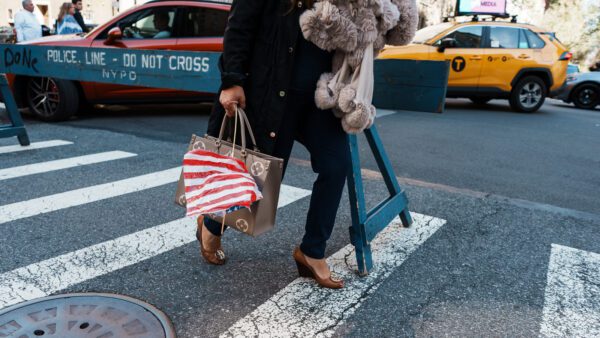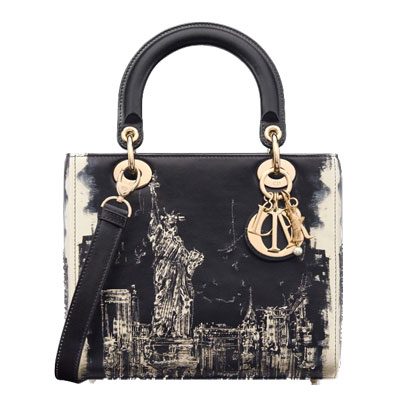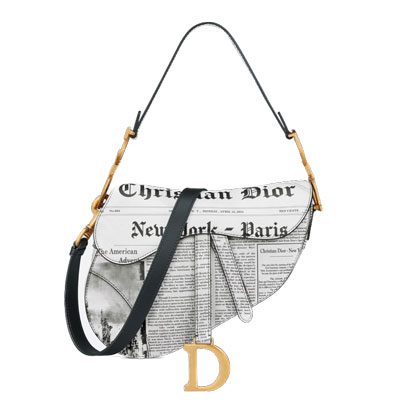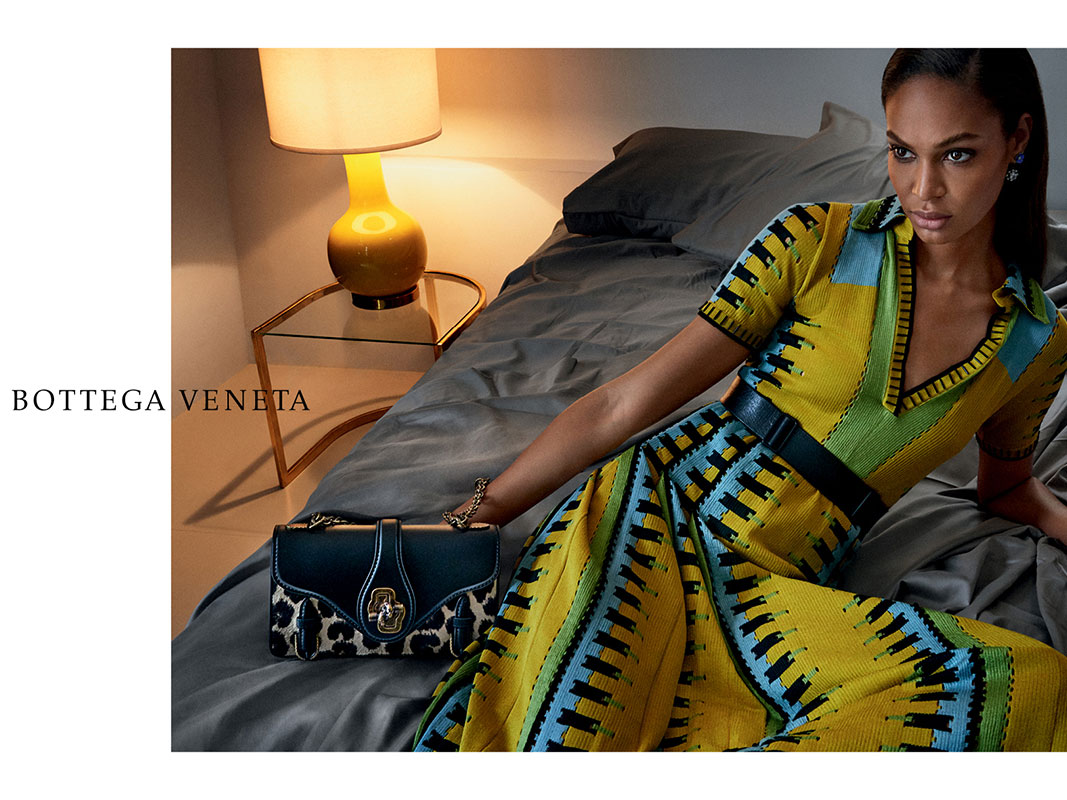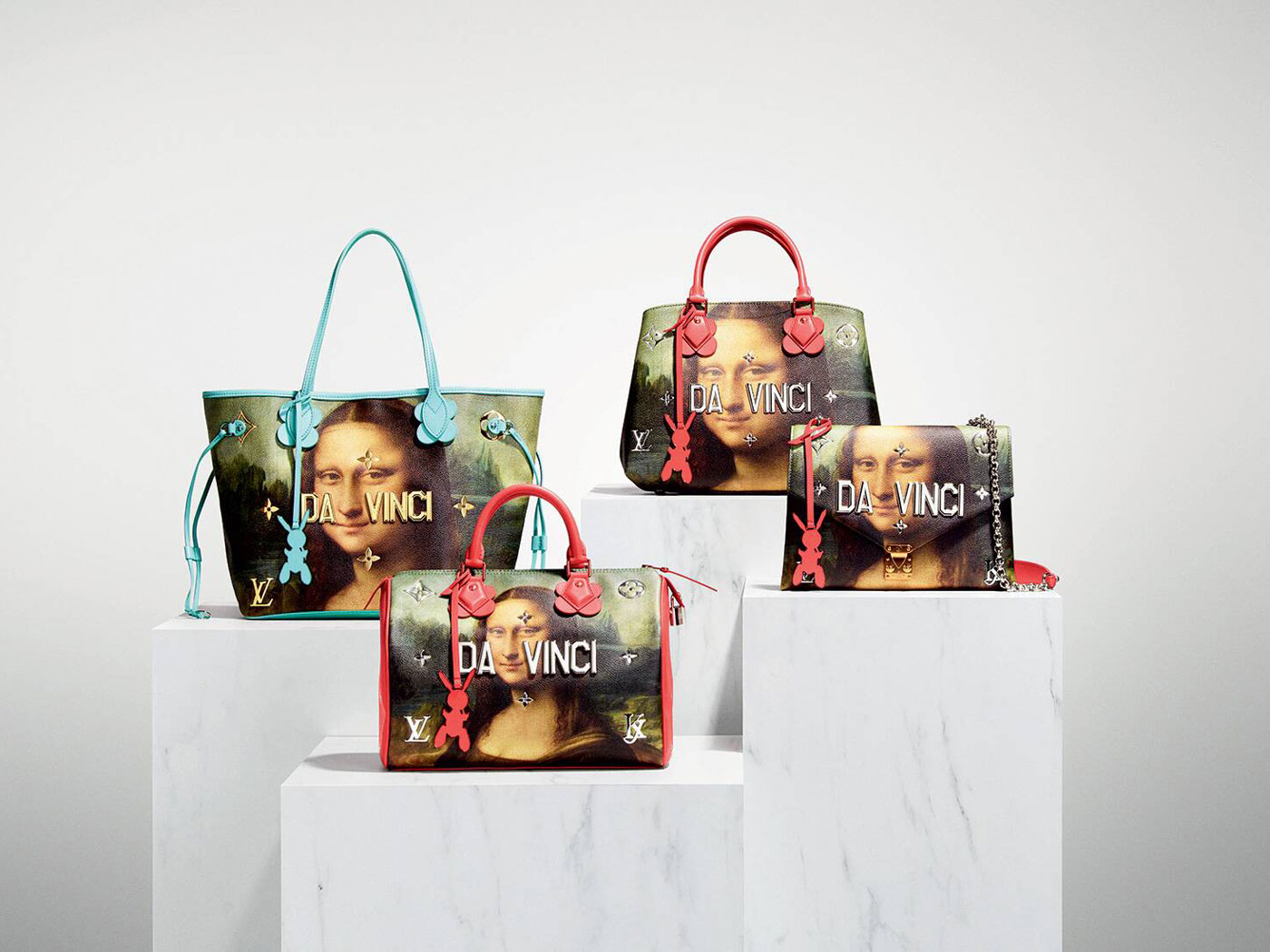Come to think of it, It-girls were always rather niche. They weren’t your everyday celebrities – regulars on the silver screen, in concerts, or at premières decked out in designer goods. However, a good few of them did transition into similar roles later in life. To deem them mere party creatures would be reductive, potentially leaving out a sizeable chunk of the more literary crowd whose contribution to fashion is, in no way, inconsequential. They weren’t even limited by geographic confines – Britain, Europe, and nearly every other part of the world has had its own rendition of an it-girl, albeit at times significantly different in detail and description.
And yet, by some inexplicable force, It-girls were always drawn to the city of New York, regardless of their origins, professions, or, for that matter, age, as a compelling case may be drawn for NY staples, such as Iris Apfel or Diane von Furstenberg, being the very definition of aging glamorously. Therefore, when the city’s namesake magazine dedicated this year’s Yesteryears issue to a comprehensive chronicle of the It-girl through the ages – from the world’s first woman with the title, silent-film sensation Clara Bow (whose 1927 film, It, introduced the term to the tabloids), right down to Julia Fox in the present day – a tribute only seemed fitting.
So, today we take a stroll down memory lane to revisit what fueled our obsession with handbags in the first place – these very It-girls!
Everything, Everywhere, All at Once
What makes an It-girl? Matthew Schneier spends a considerable portion of his titular essay pondering upon the question, with little definite results. Neither does Tom Wolfe, who, in his profile of Baby Jane Holzer, writes, “Suddenly here is a single flamboyant girl who sums up everything new and chic in the way of fashion.” That flamboyance exudes from Dianne Brill at her Late Night with David Letterman interview: “All of a sudden, when you leave, the party’s down.”
And yet, not all these ladies were (or are) extravagant – at least outwardly. For instance, the Plum and Lucy Sykes of New York journalism practically invented the entire chick-lit genre. Others, such as foundational It-girl and Warholian muse, Edie Sedgwick, met an unfortunate end following her descent into drug abuse. The key to an It-girl is that she’s at once entirely relatable and completely mysterious. “‘It’ requires not only some degree of fame, but also the right leavening of obscurity,” writes Schneier, making it rather difficult to pin down what it is that an It-girl does for a living. But perhaps that’s by design. As Greta Gerwig’s film, Mistress America, better articulates, “She did everything and nothing, and spent time like I always mean to: purposefully.”
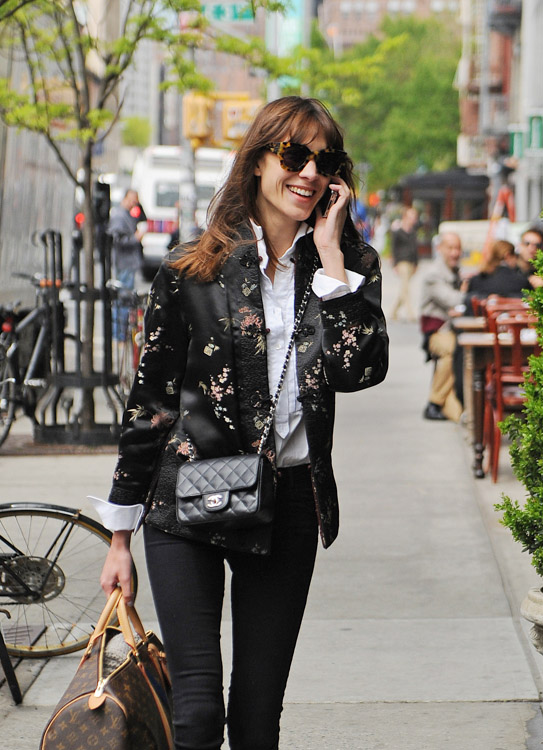
And New York in the early-aughts was the place for this specific brand of hustling misfits, making them up just as much as they made up the city. And maybe that’s the closest we ever get to the essence of the New York It-girl: “famous for being out, famous for being young, famous for being fun, famous for being famous.”
The Pilgrimage to “It”
Now, it goes without saying that everyone wanted to be the It-girl of the moment, if not in real life, but at least in spirit. With hundreds to choose from, we all have our own gateway drug into It-girldom – mine being Chloë Sevigny and Alexa Chung – and it is their effortless chic that we aspire to imitate on the daily. “Just in the way that she lived in New York and could actually be seen walking around. No other qualities did we share. At the time, I didn’t even live here,” writes Annie Hamilton of Ms. Chung, her personal idol, in an attempt to draw the faintest of resemblances. Liana Satenstein echoes the sentiment: “That girl is just out of our reach, and yet if we had her thong heels, we think that we could very well be her—or at least embody a part of her.”
It is owing to our obsession with emulating the infinite cool of an It-girl that an entirely new phenomenon came into being – It-bags. Without the onset of social media, it-girls became the fashion world’s first foray into influencer-dom. And for fashion brands big and small, from heritage houses such as Louis Vuitton and Mulberry to more indie labels, like Marc Jacobs and Proenza Schouler, being able to partner an It-bag with an It-girl was a cathartic experience. As such, these purses became totems of style for scores of shoppers around the world, rooted deeply into the aesthetic of the It-girl herself, be it the real-life Kate Moss or the Carrie Bradshaws, Regina Georges, and Serena Van der Woodsens of fiction.

Gossip Girl presented the world of New York It-girls with the hottest It-bags of the time! And like the greatest of It-girls, the It-bag does not imitate, it is truly and undeniably itself, be it the three-pounds heavy Chloé Paddington, the fleamarket-chic Balenciaga City, or even Julia Fox’s machete-slashed Birkin. The allure is in the originality, after all!
The Ebbs and Flows of “It”
But just underneath the surface of the apparent effortlessness, generating the level of “it” that drove people to a frenzy was (and continues to be) an endless hustle. Ultimately, it’s really a question of whether something is popular, and if so, for how long. And that is why both It-girls and It-bags had their respective shelf-lives, and even for those supposedly having reached icon status, the possibility of decline (or worse, unfollow!) is often just around the corner.

No time in history has this been more obvious than now, when the internet-savvy It-girls of today must fight an uphill battle not only for attention but also for precious social media real estate. With information freely available, they are expected to be constantly on the out, the alleged mystique, the aspirational nonchalance, and “the secondhand “It” you got just from knowing who an “It” girl was” – long gone. As Hari Nef puts it, “I think “It” girl is a term from an era where being cool was possible because it was possible to be unattainable and mysterious. No socials, no Getty Images database. There wasn’t an economy for revealing yourself.”
And as the It-girls of today have sped up their trajectories into moneymaking maneuvers, the trend cycle has gone into overdrive, often pushing forth an entire microcosm of an aesthetic (be it cottagecore, e-girl or academia), as opposed to a single commodity (like an It-bag). And perhaps because everything is so commoditized, we long for those pieces that are truly one-off – vintage. It’s why half of New York City turned up for Ms. Sevigny’s closet sale. It’s why Ms. Birkin’s beaten-up Birkins sell at a premium over their shiny new counterparts.
After all, we don’t want the Birkin; we want Jane.

